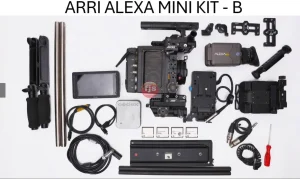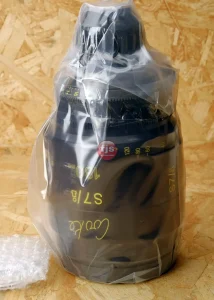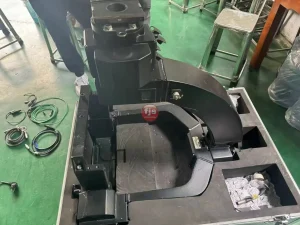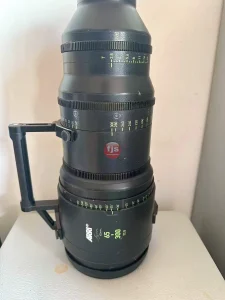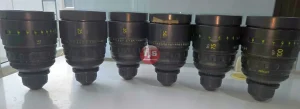Cinematographers often battle challenging lighting conditions. Thankfully, some lenses excel in low-light scenarios. But how do Cooke’s S7/i lenses perform when the lights go down? This article dives into the S7/i’s low-light capabilities, exploring its features and benefits for low-light shooting.
Key Features for Low-Light Performance:
- Fast Aperture (T2.0): The S7/i boasts a wide maximum aperture of T2.0. This allows more light to reach the camera sensor, crucial for capturing clean images in low-light environments.
- Superior Image Quality: Cooke lenses are renowned for their exceptional image quality, including minimal aberrations and excellent control over flare. This translates to cleaner, sharper images even in low-light situations where noise can become an issue.
- Shallow Depth of Field: The fast T2.0 aperture also enables a shallow depth of field, allowing you to isolate your subject with a beautifully blurred background. This can be particularly effective in low-light settings for drawing focus to your subject and adding a cinematic feel.
Benefits of Using S7/i Lenses in Low Light:
- Cleaner Images at Lower ISOs: The S7/i’s ability to gather more light allows you to shoot at lower ISO settings. This minimizes noise and maintains image clarity, especially in low-light situations where higher ISOs are often necessary.
- Creative Control with Shallow Depth of Field: The shallow depth of field achievable with the T2.0 aperture provides creative control over your image. You can use it to separate your subject from the background and create a more visually engaging composition.
- Faster Shooting Speeds: In low-light scenarios, you might need to use faster shutter speeds to avoid camera shake. The extra light captured by the S7/i allows you to maintain faster shutter speeds while still achieving proper exposure.
Conclusion
The S7/i lenses excel in low-light environments thanks to their combination of a fast T2.0 aperture, superior image quality, and the ability to achieve a shallow depth of field. These features empower cinematographers to capture clean, sharp images with creative control, even when shooting in challenging lighting conditions.
Frequently Asked Questions (FAQ)
Q: Are there any limitations to using S7/i lenses in low light?
A: While the S7/i performs well in low light, even the fastest lenses have limitations. In extremely dark environments, additional lighting might still be necessary.
Q: How do S7/i lenses compare to other low-light cine lenses?
A: Many high-end cine lenses offer fast apertures for low-light performance. S7/i lenses differentiate themselves through Cooke’s unique image quality characteristics and the potential benefits of /i Technology (depending on your camera).
Relevant Keywords:


